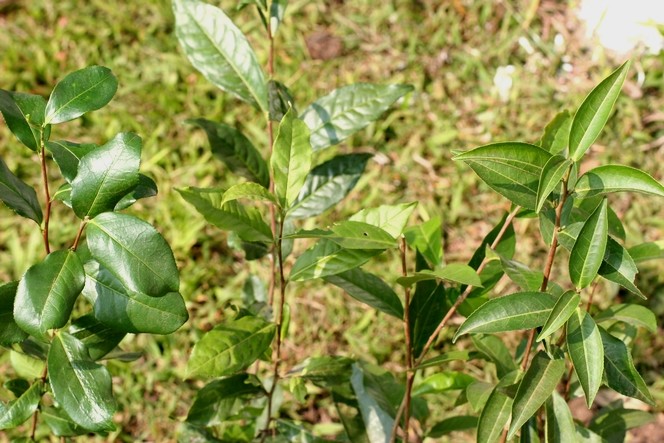Here we have, from left to right: B157, P312 and AV2. These are their familiar names. Their full names are as follows: Bannockburn 157, Phoobsering 312 and Ambari Vegetative 2. They are cultivars, or “clonals”, as they are called here: tea plants created using different methods, generally by taking cuttings.
Each of the three cultivars has its advantages and disadvantages in terms of its weather hardiness and resistance to pests, its taste and aromatic qualities, and its productivity. They take their names from the plantation that created them.
These cultivars, along with some 30 others developed by the Tea Research Association, are suited to the Darjeeling region. Different cultivars are grown in other parts of the world.





